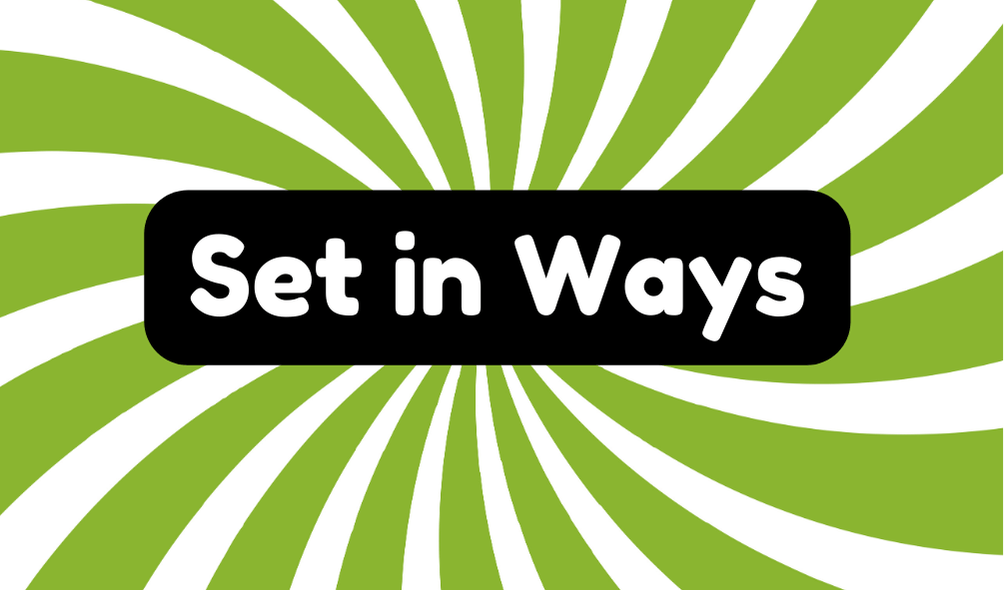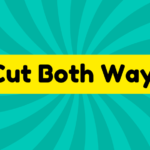The phrase "set in ways" describes a mindset rooted in inflexibility and stubborn patterns, making it hard for individuals to adapt to change. Its origin may lie in nautical references, suggesting a fixed behavior like that of ships. Many people, especially the elderly, struggle with adopting new technologies, reflecting the challenges of shifting habits. "Stuck in routine behaviors" captures this concept well. Understanding this mentality is essential in today's fast-paced world, where flexibility is key for growth and collaboration. There's more to explore on this topic.
Synonyms
Synonyms serve as essential tools for understanding and expressing the concept of being "set in ways." This term often implies a stubborn adherence to established routines and patterns, and several synonyms can effectively capture this notion. Such fixed mindsets and habitual behaviors limit flexibility and innovation. Here are four relevant synonyms that illustrate this rigidity:
- Inflexibility
- Rigidity
- Stubbornness
- Conservatism
Each of these terms parallels the idea of being set in ways, encapsulating the challenges individuals face when trying to embrace change while maintaining their entrenched routines.
Example of Sentences
Language can provide insight into human behavior, particularly when considering the phrase "set in ways." This concept often describes individuals who adhere rigidly to their established routines, demonstrating a reluctance to adapt to new ideas or changes. Examples of sentences illustrating this notion include:
- Many elderly people become set in their ways, resisting technology that enhances flexible routines.
- Her parents were set in their ways, finding it challenging to incorporate changing habits into their lives.
- He avoided change, choosing comfort over innovation due to being set in ways.
- Frequently, individuals become set in their ways, limiting their personal growth and adaptability.
Origin
Though the exact origin of the phrase "set in ways" remains elusive, various theories attempt to explain its development. Some suggest nautical references, linking the phrase to the rigid behavior of ships during construction, where patterns become fixed and unyielding. Others highlight how generational perspectives influence its meaning, noting that long-standing habits contribute to a fixed mindset. This phrase reflects the challenges of adapting to change, particularly between age groups. As language evolves, the connections to behaviors and routines remain relevant, prompting discussions on the implications of being set in ways amid an ever-changing societal landscape.
Collocations
The phrase "set in ways" not only describes a mindset but also features specific collocations that reinforce its meaning. These collocations often highlight the impact of fixed patterns on individual behaviors. To understand this concept further, consider the following examples:
- Stuck in routine behaviors
- Adhering to fixed patterns
- Rigid in habits
- Resistant to change
Such collocations emphasize how being set in ways can hinder innovation and adaptability. This rigidity not only affects personal growth but can create barriers in interpersonal relationships, particularly across generations, underscoring the importance of flexibility in an evolving world.
How to Use in Everyday Language
Maneuvering daily conversations can often reveal how people express the notion of being "set in ways." This phrase finds its way into discussions about habits and routines, particularly when individuals resist adapting to new ideas or methods. In daily interactions, phrases like "I've always done it this way" emerge, signaling a reluctance to embrace lifestyle changes. Recognizing this tendency is essential for anyone seeking innovation in their lives. Being set in ways can hinder personal growth, as flexibility allows people to explore new perspectives. By challenging established habits, individuals can foster a more adaptive and enriching everyday experience.
Why Is It Still Relevant Today?
Why does the phrase "set in ways" continue to hold significance in today's fast-paced society? The intersection of generational differences and behavioral rigidity shapes how individuals adapt to change. Older generations often cling to established practices, while younger ones embrace innovation, creating a cultural clash. This tension highlights the necessity of flexibility in an ever-evolving world. Being set in ways may resist progress, leading to stagnation. Understanding and addressing these differences is crucial for collaboration and growth. As society progresses, reflecting on the implications of behavioral rigidity becomes essential, urging individuals to find a balance between tradition and new possibilities.







